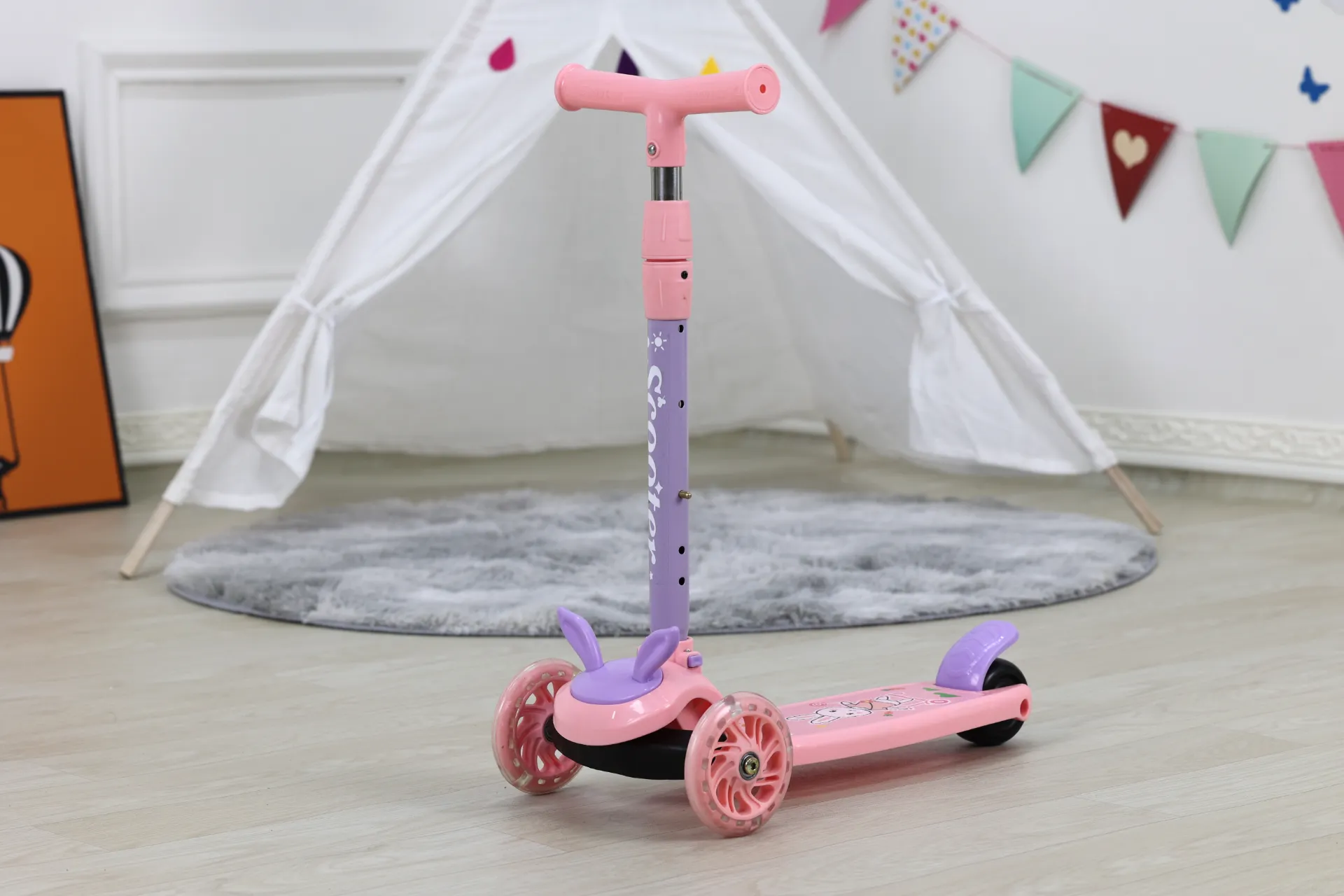Understanding Mountain Bike Measurements for Optimal Performance and Comfort
Understanding Mountain Bike Dimensions A Guide to Choosing the Right Fit
When it comes to selecting a mountain bike, understanding the dimensions of the bike is crucial for ensuring comfort and performance. Mountain biking is an exhilarating sport that requires not only skill and stamina but also the right equipment. One of the most important aspects to consider is the dimensions of the bike, which directly affect the riding experience. This article will delve into the various components that make up mountain bike dimensions and how they influence your choice.
Frame Size
The frame size is arguably the most critical dimension of a mountain bike. It determines how well the bike fits the rider, impacting control and comfort. Mountain bike frames are typically sized in inches or centimeters and generally classified into categories such as small, medium, large, and extra-large. A properly sized frame allows for a more efficient pedaling position and better handling.
To find the right frame size, it's essential to consider your height and inseam length. Most bike manufacturers provide a size chart that correlates these measurements with the appropriate frame size. For instance, a rider who is 5'5 – 5'10 may opt for a medium frame, while someone who is 5'11 – 6'2 might choose a large frame. It is always beneficial to test ride different sizes to see which feels best for your body type.
Top Tube Length
Another important dimension is the top tube length, which affects your reach and riding posture. A longer top tube provides a stretched-out riding position, suitable for aggressive downhill riding, while a shorter top tube allows for a more upright position, ideal for climbing and technical trails. Riders with longer arms might prefer a bike with a longer top tube, while those with shorter arms might find a shorter top tube more comfortable.
Seat Tube Angle
The seat tube angle is another integral dimension that influences how power is transferred from the rider to the bike. A steeper seat tube angle (usually between 73 to 75 degrees) facilitates a better climbing position, helping to keep the rider’s weight forward for efficient pedaling. Conversely, a slacker seat tube angle (around 66 to 72 degrees) tends to benefit downhill performance by providing more stability. The choice between a steeper or slacker angle largely depends on the type of terrain you plan to ride.
mountain bike dimension

Chainstay Length
The chainstay length is the measurement from the rear axle to the bottom bracket. A shorter chainstay contributes to a more agile bike, allowing for rapid turns and maneuvers, making it ideal for technical trails. However, this may come at the cost of stability at high speeds. On the other hand, a longer chainstay enhances stability, making it better for descending steep hills at speed but can make the bike feel less responsive.
Wheel Size
Mountain bikes come with different wheel sizes, typically ranging from 26 inches to 29 inches. The size of the wheels affects the bike's overall dimension and handling characteristics. Larger wheels (such as 29 inches) roll over obstacles more easily and maintain momentum, making them a popular choice for cross-country riding. However, they can be heavier and less maneuverable in tight, technical trails. Conversely, smaller wheels (like 26 inches) are lighter and more responsive, though they may struggle more with larger obstacles.
Standover Height
Standover height is the distance from the ground to the top tube and is crucial for ensuring safety and comfort when mounting and dismounting the bike. A lower standover height allows riders to easily get on and off the bike, especially in challenging terrain. Riders should aim for an inch or two of clearance when standing over the top tube.
Conclusion
Selecting the right mountain bike involves understanding and considering various dimensions that affect fit, handling, and performance. The best bike for you depends not just on your height but also on your riding style and the terrain you’ll tackle. By paying attention to frame size, top tube length, seat tube angle, chainstay length, wheel size, and standover height, you can make an informed decision that enhances your mountain biking experience. Ultimately, the goal is to find a bike that feels comfortable, performs well, and allows you to enjoy the thrill of mountain biking to the fullest. Happy riding!
-
The Perfect Baby TricycleNewsAug.11,2025
-
Ride into Fun with Bikes for KidsNewsAug.11,2025
-
Ride into Adventure with the Perfect Kids Balance BikeNewsAug.11,2025
-
Fun and Safe Riding with the Best Childrens ScootersNewsAug.11,2025
-
Find the Perfect Childrens Bike for Your Little OneNewsAug.11,2025
-
Explore the Best Baby Tricycles for Your Little OneNewsAug.11,2025
-
Three-Wheel Light-Up Scooter Benefits for KidsNewsJul.11,2025








